I’ve gone on extensively in previous posts about the reason I don’t like zoos. Now, without repeating myself, I want to go a bit deeper into the issue because, let’s face it, most of us don’t get to spend time out there in the wild with the animals. Zoos are pretty much as good as we get. They afford us all the pleasure of seeing exotic animals in the flesh from the relative comfort of homely climes.
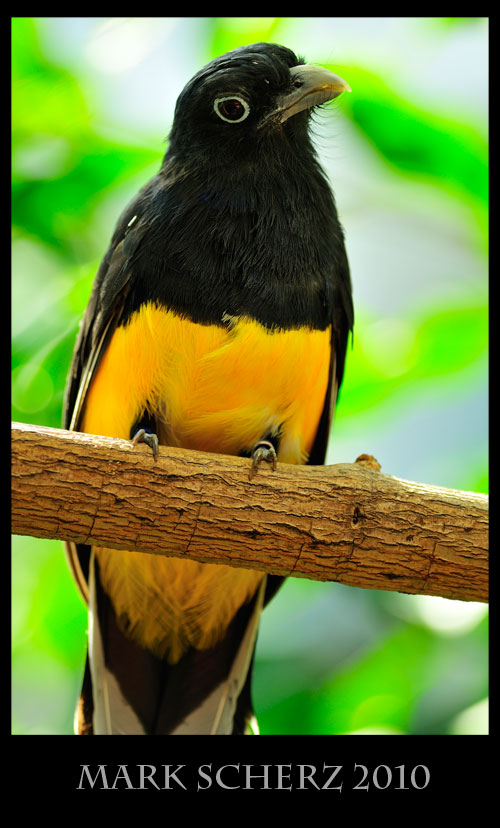
D300 + 300mm VR @ 1/160s f/3.5
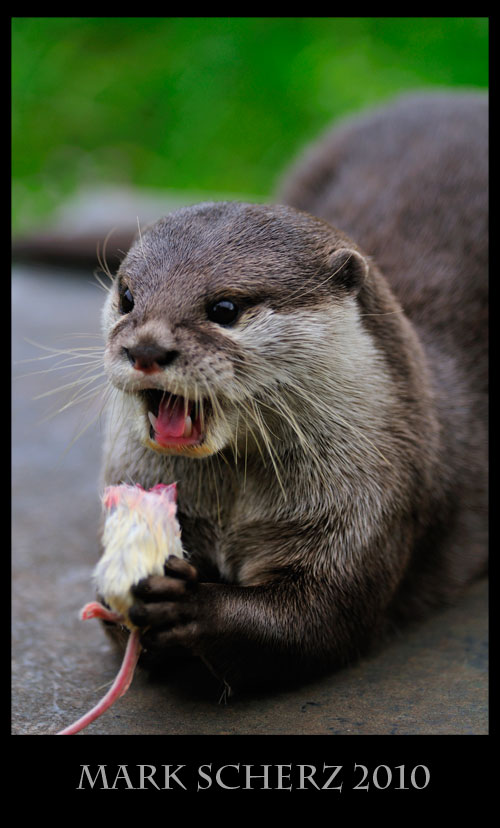
D300 + 300mm VR @ 1/320s f/2.8
So what’s the big problem? Well, I’m gonna try and come at it from two angles. The first is the choice that we have as photographers. Especially serious photographers with long lenses. We have the power of isolation when we point glass at a subject. We can decontextualise it; make it appear almost wild.

D300 + 300mm VR @ 1/500s f/2.8
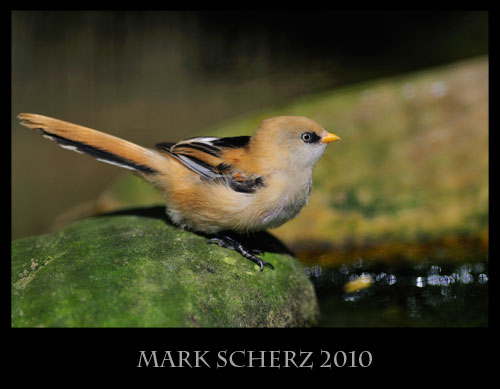
D300 + 300mm VR @ 1/5000.3s f/2.8
But doing that, though effective, raises big issues for me. In fact there is one thing that I struggle the most with when I go to shoot in a zoo: what am I trying to convey? Is it the nature of the animals, or the conditions in which they’re kept? There is a fine line between the two, but one that changes the message of the images completely.
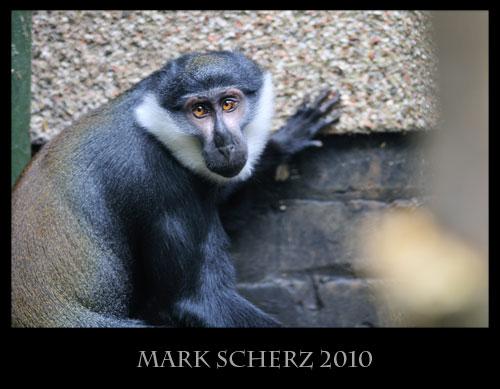
D300 + 300mm VR @ 1/50s f/2.8
I’m no zoo fan, but I don’t want to go around capturing PETA images either. There are times when I won’t raise my camera because what I’m seeing is just too awful to make good pictures out of. But so much of photography is about telling the story, and that often means contextualising. Doing so in a zoo rarely gives pleasant results.
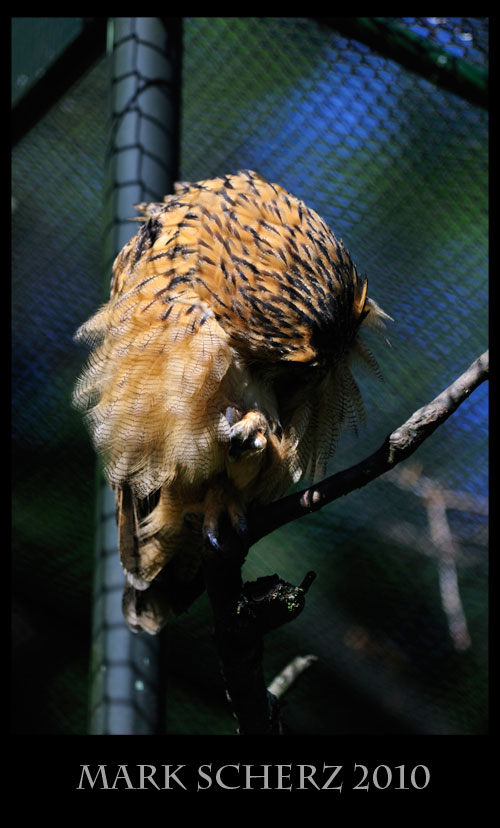
D300 + 300mm VR @ 1/2500.1s f/2.8
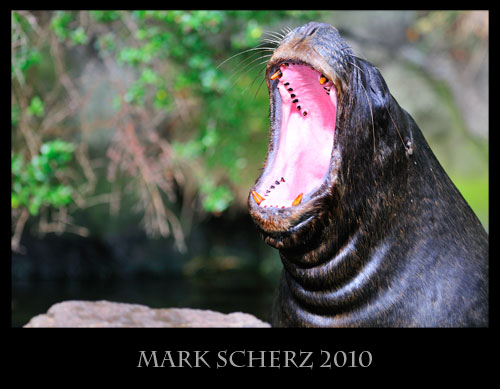
D300 + 300mm VR @ 1/640s f/2.8
So where does the balance lie? Well, to be honest, I’m really not sure. I love getting pictures that strip away the cages altogether, but it makes me feel guilty, and I will never pretend the pictures are shot in the wild. It depends greatly on the what and where, and the story you, the photographer, want to tell. Most people don’t want to tell sad stories, but ultimately they have stronger impacts than happy ones.
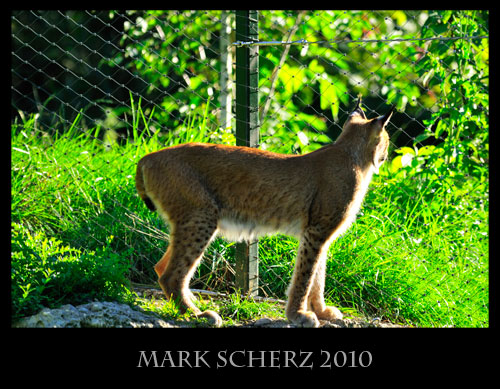
D300 + 300mm VR + TC-14EII @ 1/320s f/4
We have to take the stance of the people, observers. Take away the photo gear, and we’re all there to enjoy the diversity that the world is so full of. We go to see what else is out there – a short trip to the zoo quenches many people’s thirst for adventure completely. Fill a park with farm animals, and it’s boring. Add some ‘exotics’ and it becomes an attraction.
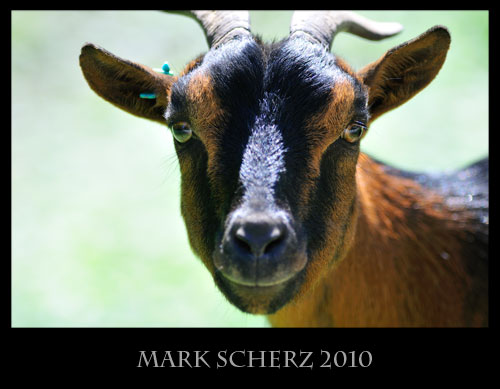
D300 + 300mm VR @ 1/800s f/2.8
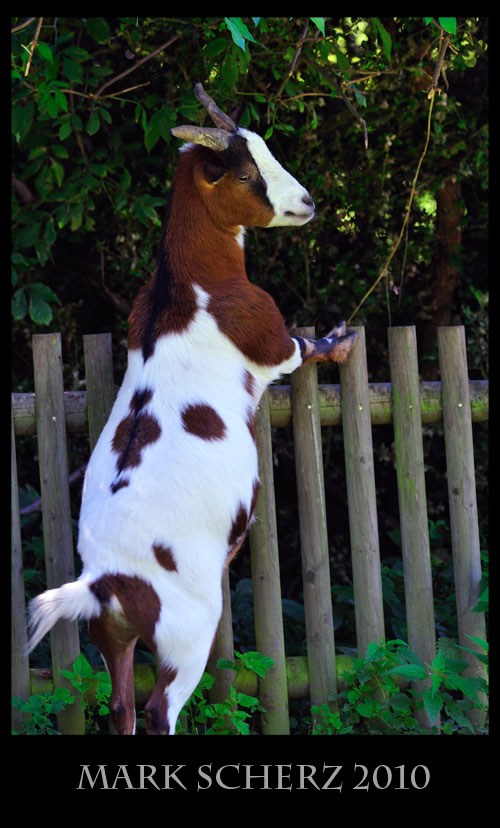
D300 + 300mm VR @ 1/80s f/4
Personally, that raises some little warning flags. There are some animals that are best kept in photos, film, and the wild; well out of the reach of zoo-goers. Big cats are on this list. I’m sure many have gone to a zoo and seen the leopards or cheetahs pacing the glass, taunted by children and zoo-goers who see them as big cuddly kitties, rather than the intelligent, creative hunting machines that they are.
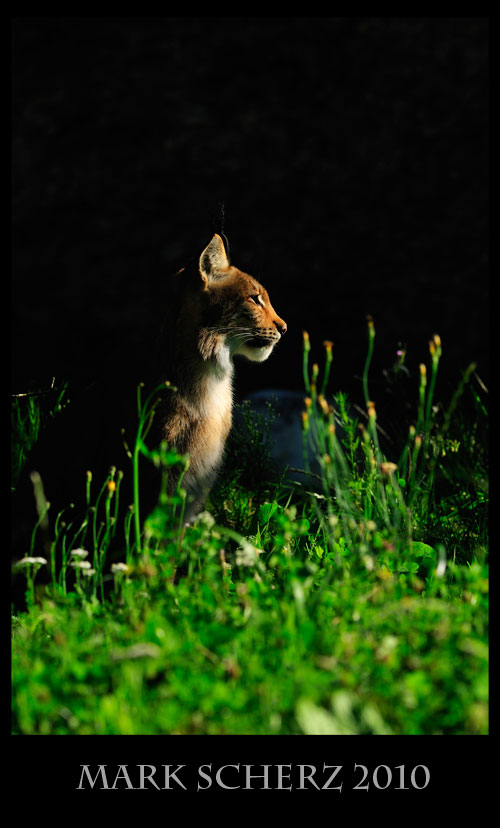
D300 + 300mm VR + TC-14EII @ 1/500s f/7.1
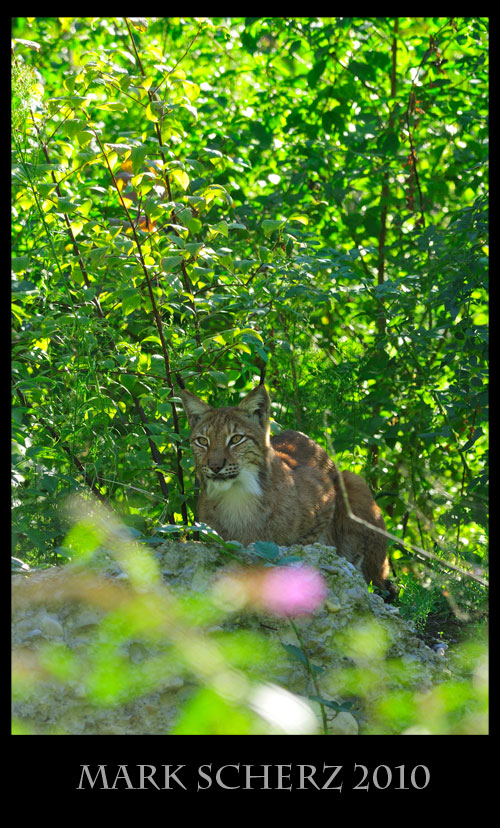
D300 + 300mm VR + TC-14EII @ 1/250s f/5
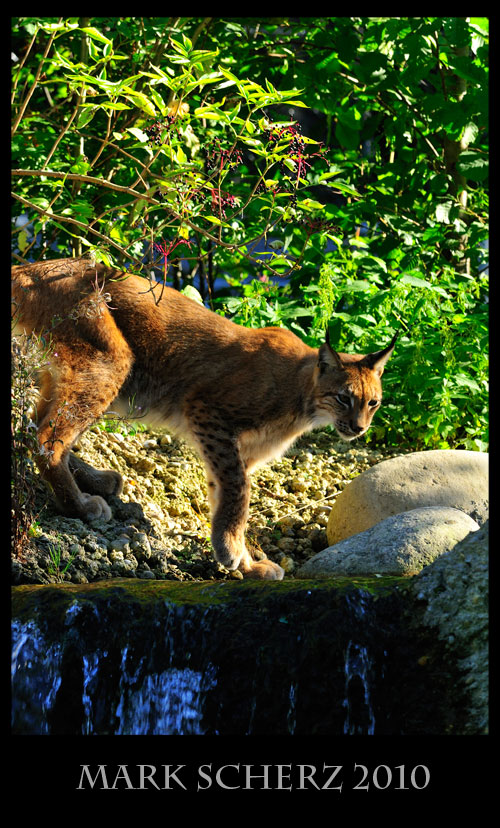
D300 + 300mm VR + TC-14EII @ 1/160s f/7.1
Now we come to the crux of the issue, and the biggest challenge. Many of these animals are almost extinct in the wild. How can do we protect them? Right now, a lot of it falls on the zoos. Still, I don’t think zoos (or rather, zoos as most of us know them) are the solution. Most animals don’t reproduce well when they are being watched for 10 hours a day. Here we begin to set zoos apart from one another. In order to earn money, the zoo must be attracting visitors. At the same time, in order to be effective and fulfill that crucial role of raising awareness and preserving species, they need to have facilities. That means, unfortunately for the visitors, often seeing empty or apparently empty enclosures. This balance determines the quality of a zoo in my opinion. It is this distinction that sets Zurich Zoo so many miles ahead of Edinburgh, and especially Basel Zoo.
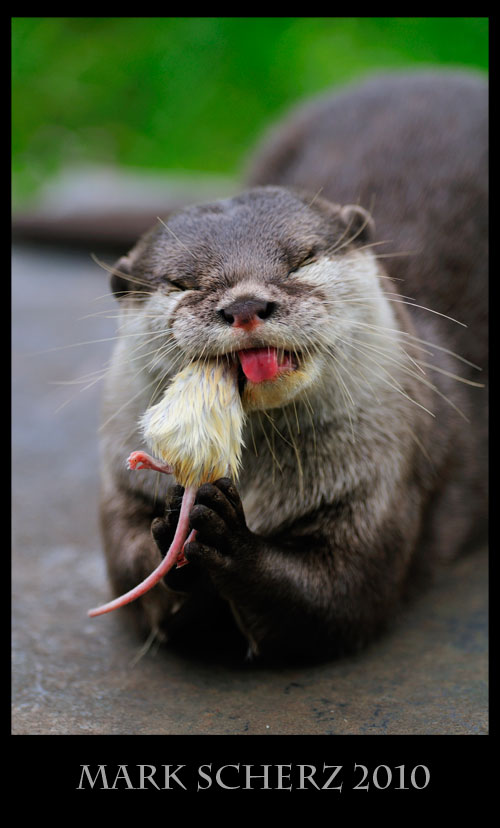
D300 + 300mm VR @ 1/320s f/2.8
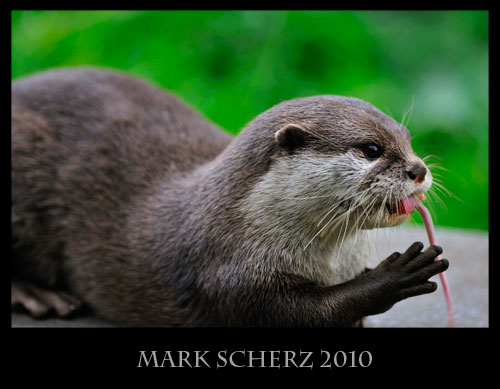
D300 + 300mm VR @ 1/200s f/2.8
All three zoos have one important thing in common though: they have “open” enclosures. I’ve babbled before about Zurich’s fantastic Masoala project. It’s wonderful. There are two other open areas in Zurich zoo that are similar – birds that can fly about you without any restriction. Not only is this better for the birds, but it makes for fantastic photographic opportunities.
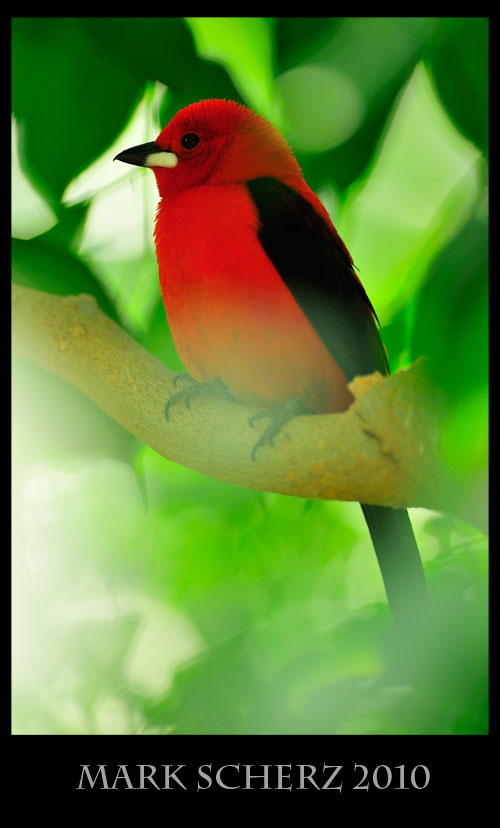
D300 + 300mm VR @ 1/160s f/2.8
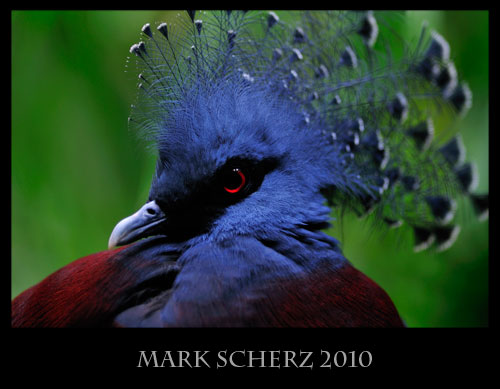
D300 + 300mm VR @ 1/20s f/2.8
I very much hope to see zoos moving in this direction in the future. The great zoos of the world are already leading the way. As photographers and as observers, this makes for a more exciting experience, and one that is much more like being in ‘the wild’. For the animals, it might just be one last stand against extinction.
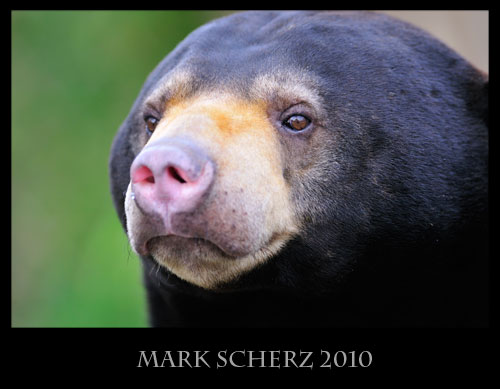
D300 + 300mm VR @ 1/125s f/2.8
Ultimately, conservation in the wild is paramount. It gives the rare breed of wildlife photographers hope that our trade won’t die completely, and is many animals’ only hope for survival. For these reasons, I am currently looking for a conservation project to support with 10% of all print sales. If anyone has suggestions, please get in contact with me. I’d love to hear your thoughts.
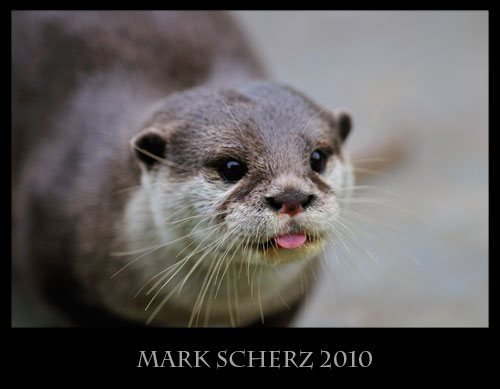
D300 + 300mm VR @ 1/250s f/2.8

